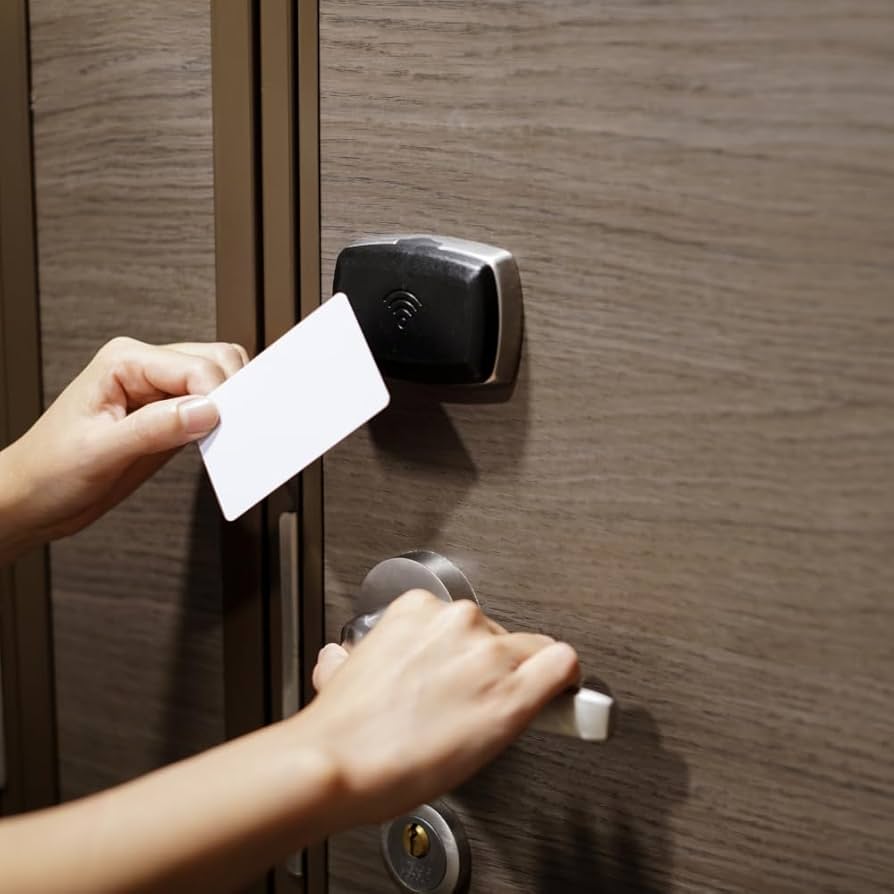In the world of RFID technology, selecting the right chip for your application is crucial. MIFARE Ultralight C and MIFARE Classic chips are two popular options, each with its own set of features and benefits. Understanding the advantages of MIFARE Ultralight C chips over MIFARE Classic chips can help you make an informed decision.
Overview of MIFARE Ultralight C and MIFARE Classic Chips
MIFARE Ultralight C Chips:
- Introduced as a cost-effective solution for limited-use applications.
- Designed for low-cost tickets in public transportation, event ticketing, and loyalty cards.
- Features improved security measures.
MIFARE Classic Chips:
- Widely used in access control systems, public transportation, and various other applications.
- Known for their reliability and widespread acceptance.
- Available in several memory sizes to accommodate different data requirements.
Key Advantages of MIFARE Ultralight C Chips
Enhanced Security
One of the most significant advantages of MIFARE Ultralight C chips is their enhanced security features. Unlike MIFARE Classic chips, which use the proprietary CRYPTO1 algorithm, MIFARE Ultralight C chips employ the more secure 3DES (Triple DES) encryption. This makes them less susceptible to common hacking techniques and ensures the integrity of stored data.
Cost-Effectiveness
MIFARE Ultralight C chips are designed to be cost-effective, making them an excellent choice for disposable or limited-use applications. Their lower cost compared to MIFARE Classic chips makes them ideal for use in:
- Event ticketing
- Public transportation tickets
- Loyalty cards
Faster Transaction Speed
With the growing need for quick and efficient transactions, MIFARE Ultralight C chips offer faster transaction speeds. Their optimized architecture ensures swift reading and writing processes, which is crucial in high-traffic environments such as public transportation and event venues.
Larger Memory Capacity
While MIFARE Classic chips are available in different memory sizes, MIFARE Ultralight C chips generally offer a larger usable memory capacity within the same price range. This additional memory can be beneficial for applications requiring more data storage without significantly increasing costs.
Improved Compatibility and Integration
MIFARE Ultralight C chips are compatible with existing MIFARE infrastructures, allowing for seamless integration. This means that upgrading from MIFARE Classic to MIFARE Ultralight C can be done with minimal disruptions, leveraging existing hardware and software systems.
Use Cases for MIFARE Ultralight C Chips
Given their advantages, MIFARE Ultralight C chips are particularly suitable for several use cases:
- Public Transportation: Efficient and quick transactions are essential in public transit systems. The cost-effectiveness and speed of MIFARE Ultralight C chips make them ideal for this application.
- Event Ticketing: Events with high attendance require reliable and secure ticketing solutions. The enhanced security and larger memory capacity of MIFARE Ultralight C chips ensure a smooth ticketing process.
- Loyalty Programs: Businesses can offer loyalty cards with greater security and larger storage for customer data, enhancing the overall customer experience.
Conclusion
When comparing MIFARE Ultralight C chips to MIFARE Classic chips, several advantages become apparent. The enhanced security, cost-effectiveness, faster transaction speeds, larger memory capacity, and improved compatibility make MIFARE Ultralight C chips a superior choice for many applications.
For more information on RFID cards, check out this RFID Key Cards.
By understanding these advantages, businesses and organizations can select the most suitable RFID technology for their specific needs, ensuring efficiency, security, and cost savings.
FAQs
Q: Are MIFARE Ultralight C chips compatible with existing MIFARE readers?
A: Yes, MIFARE Ultralight C chips are designed to be compatible with existing MIFARE readers, ensuring seamless integration.
Q: Can MIFARE Ultralight C chips be used in access control systems?
A: While they can be used in access control systems, MIFARE Classic chips are generally more common in this application due to their widespread acceptance.
Q: What makes MIFARE Ultralight C chips more secure than MIFARE Classic chips?
A: MIFARE Ultralight C chips use 3DES encryption, which is more secure than the CRYPTO1 algorithm used in MIFARE Classic chips.
Q: Are there any disadvantages to using MIFARE Ultralight C chips?
A: The primary disadvantage is their limited use case compared to MIFARE Classic chips, which are more versatile for various applications. However, for specific applications like ticketing and loyalty cards, MIFARE Ultralight C chips offer significant advantages.
By carefully considering these factors, you can choose the best RFID chip for your needs and ensure optimal performance and security.








